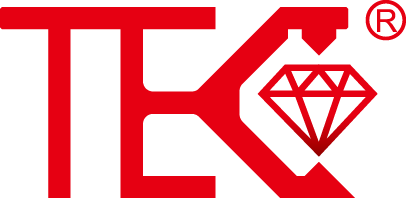How do magnetostrictive level gauges perform in extreme low-temperature environments?
In industrial processes involving cryogenic liquids, accurate level measurement becomes both critical and challenging. Magnetostrictive level gauges have emerged as the preferred solution for extreme low-temperature applications, demonstrating remarkable performance where conventional instruments fail. Their unique operating principle and robust construction make them indispensable across industries dealing with liquefied gases and ultra-cold fluids.
Understanding Magnetostrictive Technology in Cryogenic Conditions
Magnetostrictive level gauges operate through the interaction between a magnetic float and a magnetostrictive waveguide. When current pulses travel through the waveguide, they create a magnetic field that interacts with the float's permanent magnet. This interaction generates a torsional stress wave that travels back to the sensor head at a constant velocity. The time difference between pulse transmission and wave reception precisely determines liquid level. This physical principle remains unaffected by temperature extremes, ensuring consistent performance even in environments reaching -196°C for liquid nitrogen or -269°C for liquid helium applications.
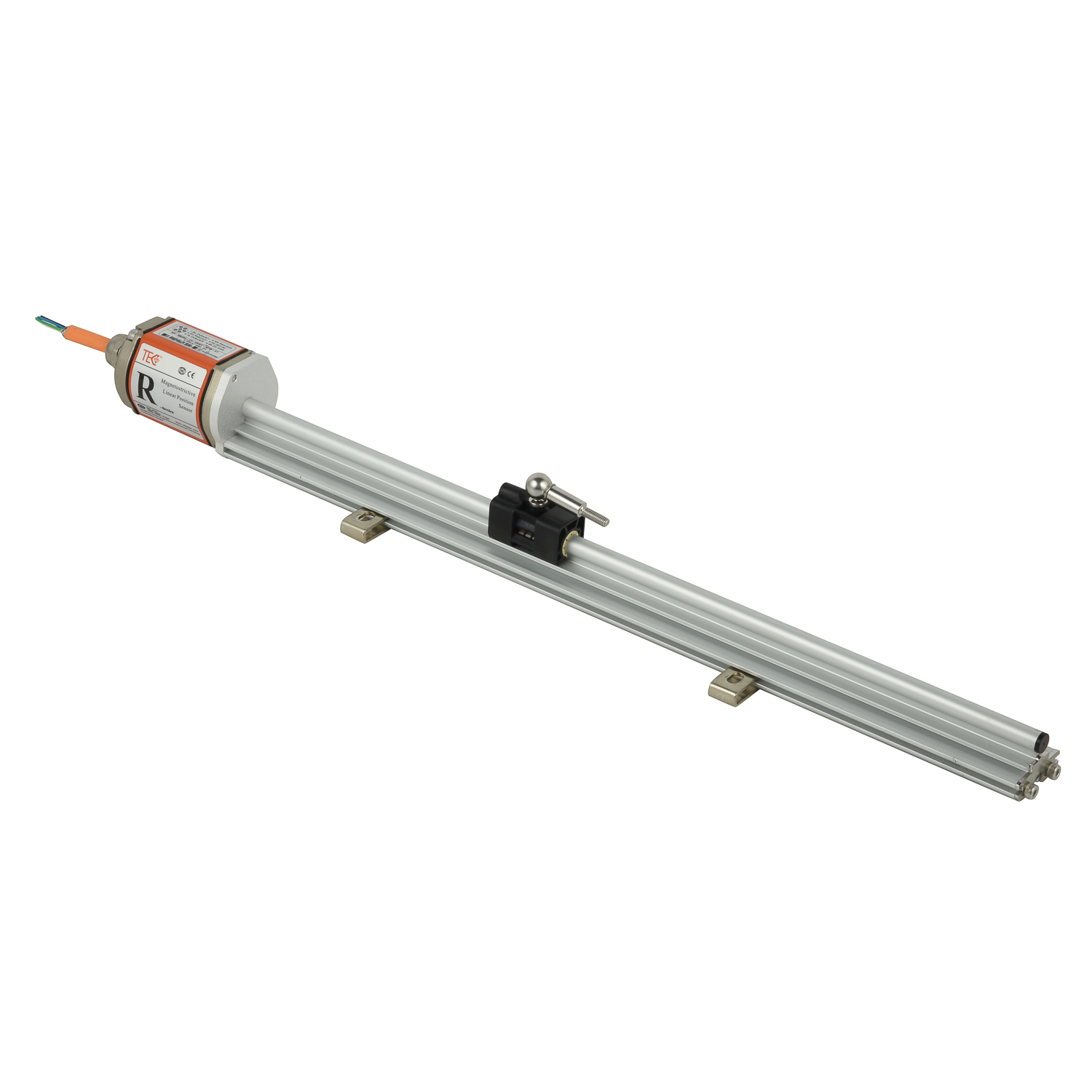
Superior Performance Characteristics Below Freezing
The performance of magnetostrictive level gauges in sub-zero environments stems from their inherent design advantages. Unlike capacitive or ultrasonic technologies that suffer from dielectric constant changes or acoustic wave distortion in cold temperatures, magnetostrictive systems maintain their measurement integrity. The technology demonstrates exceptional resistance to temperature-induced errors, with typical accuracy maintained within ±0.05% of full scale across the entire operating range. This reliability makes them particularly valuable in LNG storage, industrial gas production, and cryogenic research facilities where measurement drift could compromise safety and process efficiency.
Material Selection and Construction for Arctic Applications
Manufacturers specifically engineer magnetostrictive level gauges for cryogenic service through meticulous material selection. The waveguide typically consists of specialized alloys like Inconel or Hastelloy that maintain dimensional stability and mechanical properties at extreme lows. Float materials are carefully matched to the measured liquid's density and temperature, with stainless steel, aluminum, or titanium variants available. All seals and gaskets utilize low-temperature compatible materials such as Kalrez or Viton that remain flexible and sealing-effective even when most elastomers become brittle and fail.
Challenges and Solutions in Ultra-Low Temperature Service
While magnetostrictive technology excels in cold environments, specific challenges require addressed. Thermal contraction differences between components can affect calibration, leading manufacturers to incorporate temperature compensation algorithms that automatically adjust readings based on integrated RTD inputs. Another consideration involves float selection - engineers must choose floats with buoyancy characteristics matched to the liquid's density at operating temperature, as density increases significantly in cryogenic conditions. Proper installation practices, including thermal isolation from warmer connecting pipes, prevent heat transfer that could cause localized boiling and measurement interference.
Real-World Applications and Industry Case Studies
The proven performance of magnetostrictive level gauges in extreme cold has established their dominance across multiple industries. In LNG terminals, they provide inventory management for tanks storing methane at -162°C. The aerospace industry relies on them for liquid oxygen and hydrogen level measurement in rocket propulsion systems. Industrial gas manufacturers use them extensively in nitrogen, oxygen, and argon production and storage. Research institutions deploying particle accelerators and superconducting magnets depend on their precision for liquid helium level control. In each application, the technology demonstrates reliability where temperature swings from cryogenic to ambient would compromise alternative measurement methods.
Maintenance and Calibration Considerations
Maintaining magnetostrictive level gauges in continuous cryogenic service requires specific protocols. While the technology generally offers maintenance-free operation, periodic verification against manual gauges ensures long-term accuracy. When removal becomes necessary, gradual warming to ambient temperature prevents thermal shock that could damage components. Calibration typically involves simulating the float position at known points and verifying the 4-20 mA output correspondence. Many modern units feature HART or Foundation Fieldbus communication for remote calibration and diagnostics, minimizing personnel exposure to extreme cold during maintenance procedures.
Future Developments in Cryogenic Level Measurement
Ongoing research continues to enhance magnetostrictive gauge performance in extreme environments. Manufacturers are developing advanced signal processing algorithms that filter noise from two-phase flow conditions. New waveguide coatings are being tested to reduce ice crystal formation in moisture-prone applications. Wireless versions with integrated temperature and pressure sensors are emerging for comprehensive cryogenic tank monitoring. As industries push toward lower temperatures and higher pressures, magnetostrictive technology evolves accordingly, maintaining its position as the most reliable solution for critical level measurement in the world's coldest applications.
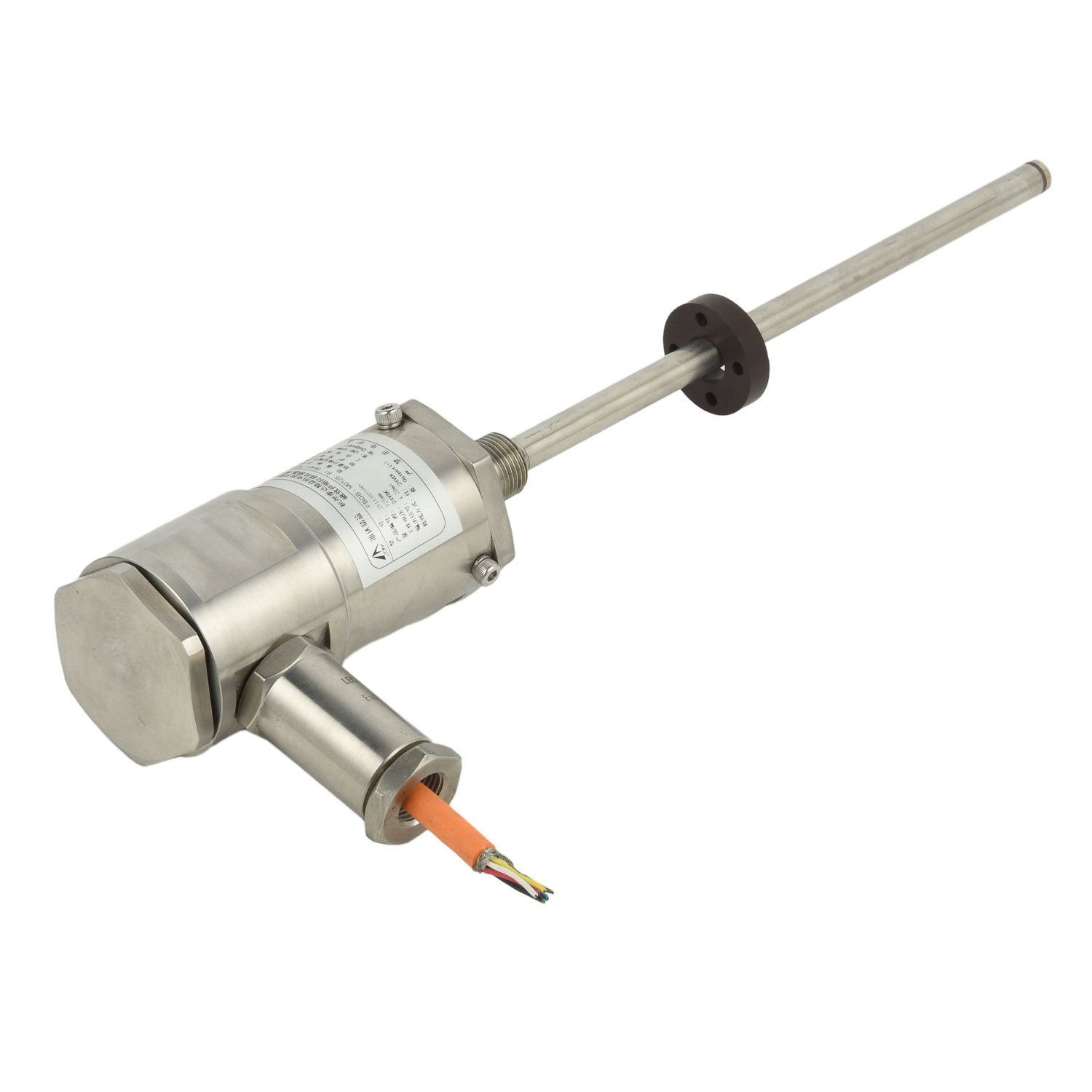 UpgradingYourLevelMeasurementS
UpgradingYourLevelMeasurementS
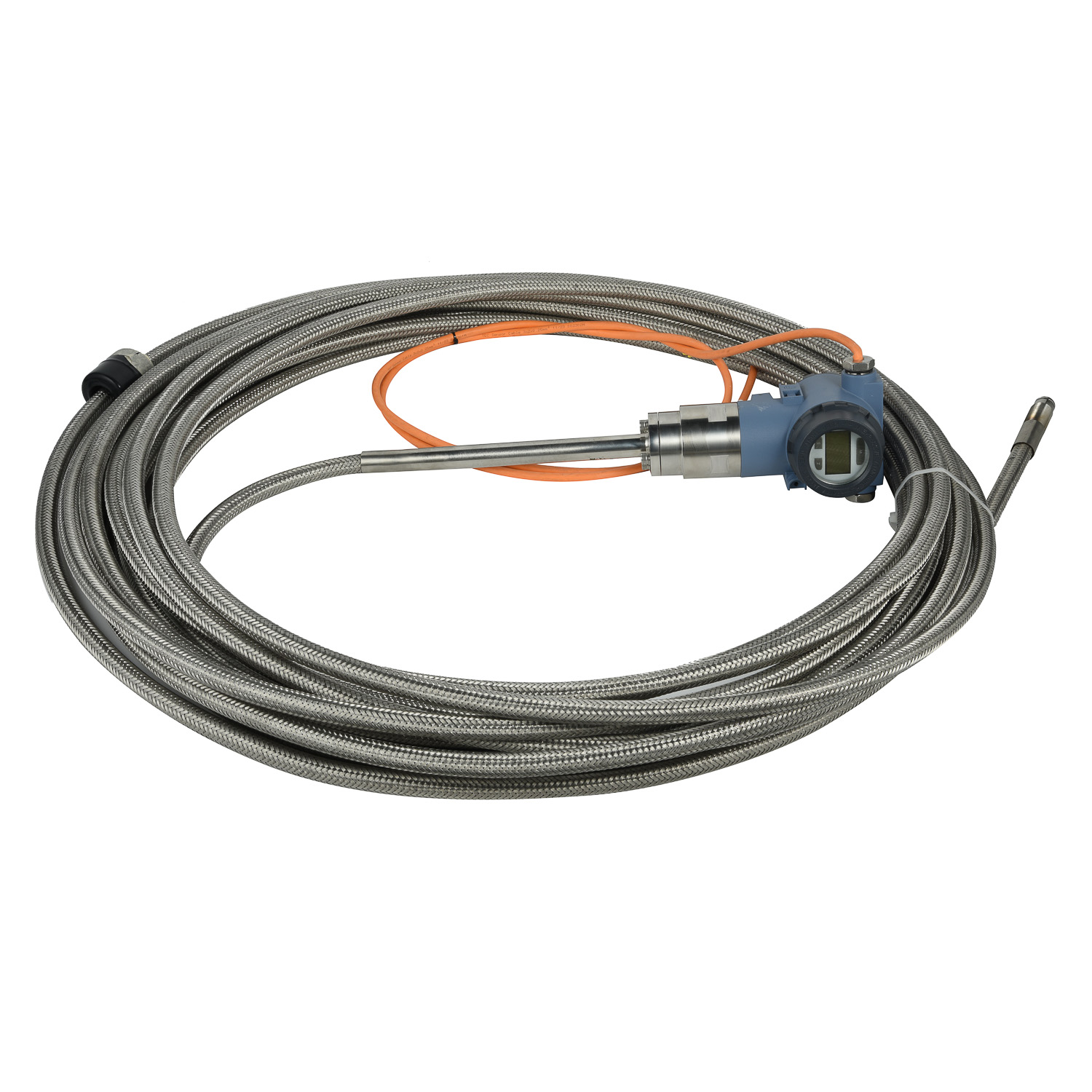 Why are magnetostrictive level
Why are magnetostrictive level
 ComparingMagnetostrictiveandRa
ComparingMagnetostrictiveandRa
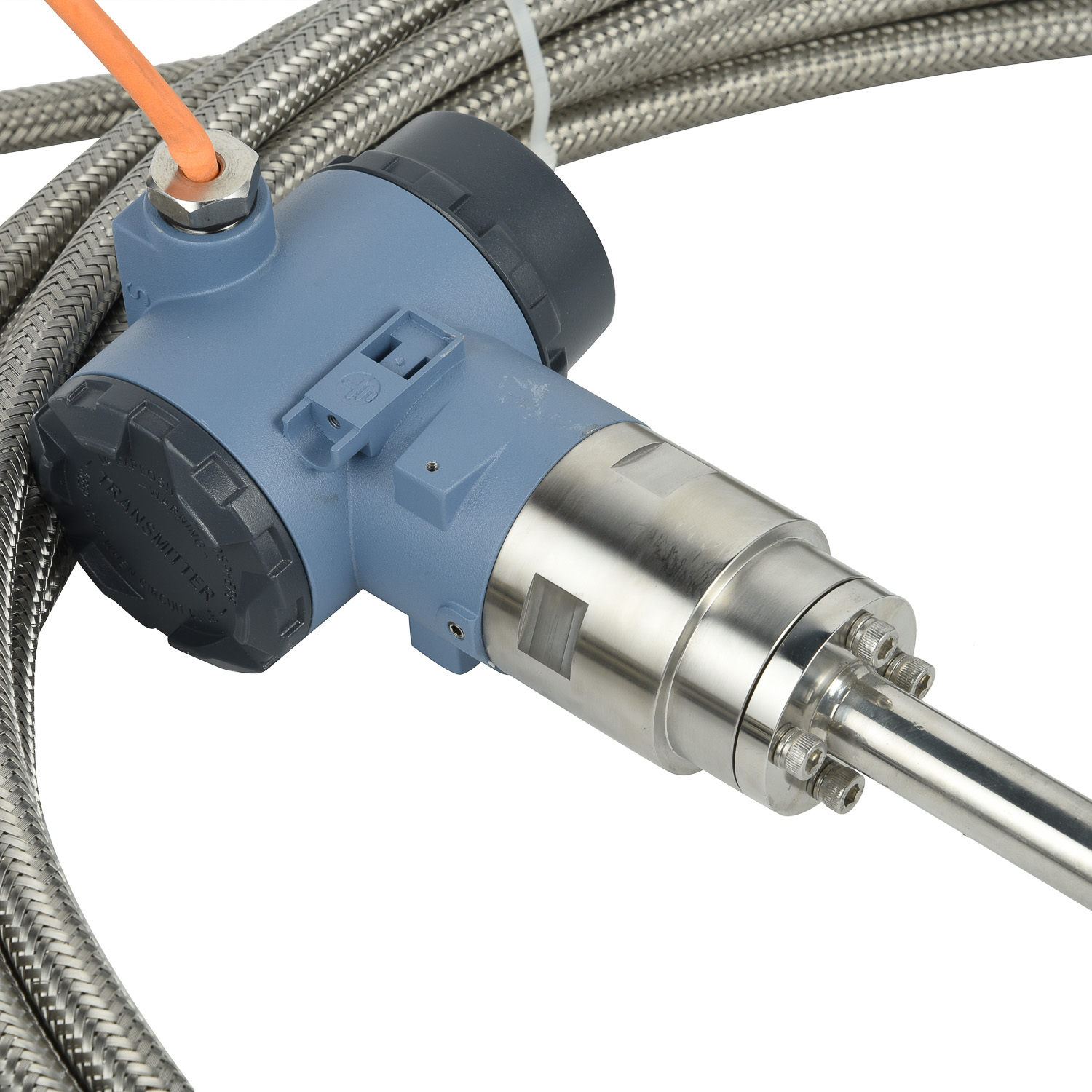 MagnetostrictiveLevelSensorfor
MagnetostrictiveLevelSensorfor
